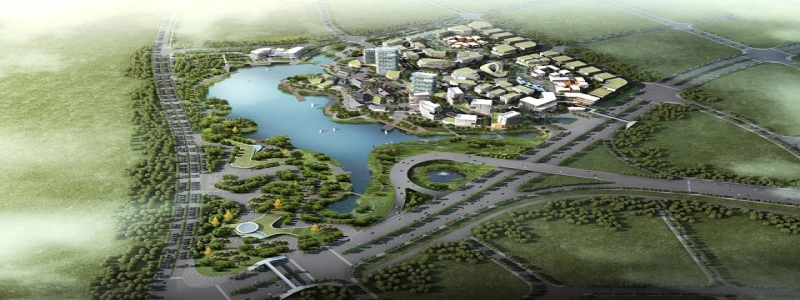Ethernet Network Topology
Introduction:
Ethernet network topology refers to the arrangement or configuration of Ethernet devices or nodes within a network. It determines how the devices are connected and communicate with each other. Different network topologies are used to meet specific requirements, and each has its advantages and disadvantages.
I. Bus Topology:
1. Description:
– In a bus topology, all devices are connected to a single communication line, known as a bus.
– Each device on the bus can receive and transmit data.
– Data transmitted by one device is received by all other devices, but only the intended recipient processes it.
2. Advantages:
– Easy to implement and cost-effective.
– Suitable for small networks with low to moderate traffic.
3. Disadvantages:
– A single point of failure at the bus, which can disrupt the entire network if it fails.
– Limited scalability due to bandwidth sharing.
II. Star Topology:
1. Description:
– In a star topology, each device is connected directly to a central hub or switch.
– Data is transmitted from one device to the hub, which then forwards it to the intended recipient.
– If a device fails, only that device is affected, and the rest of the network remains functional.
2. Advantages:
– High scalability and flexibility.
– Easy to troubleshoot and isolate faults.
3. Disadvantages:
– Costlier than a bus topology due to the need for a central hub or switch.
– Central hub becomes a single point of failure.
III. Ring Topology:
1. Description:
– In a ring topology, each device is connected to two neighboring devices, forming a closed loop.
– Data is transmitted in one direction around the ring, with each device forwarding it to the next.
– If a device or link fails, data can still reach its destination by traveling in the opposite direction.
2. Advantages:
– Balanced network traffic distribution.
– No central point of failure.
3. Disadvantages:
– Difficult to troubleshoot and locate faults.
– Adding or removing devices can disrupt the entire network.
IV. Mesh Topology:
1. Description:
– In a mesh topology, each device is connected to every other device in the network.
– Multiple paths are available for data transmission, increasing reliability and fault tolerance.
– The amount of connections grows exponentially with the number of devices.
2. Advantages:
– High redundancy and fault tolerance.
– Minimal data collisions and congestion.
3. Disadvantages:
– Expensive and complex to implement.
– Difficult to manage and maintain due to numerous connections.
Conclusion:
Ethernet network topology plays a crucial role in determining network performance, reliability, and scalability. The choice of topology depends on factors such as network size, traffic volume, fault tolerance requirements, and budget. Understanding the characteristics and trade-offs of different topologies is essential for designing and managing efficient Ethernet networks.








